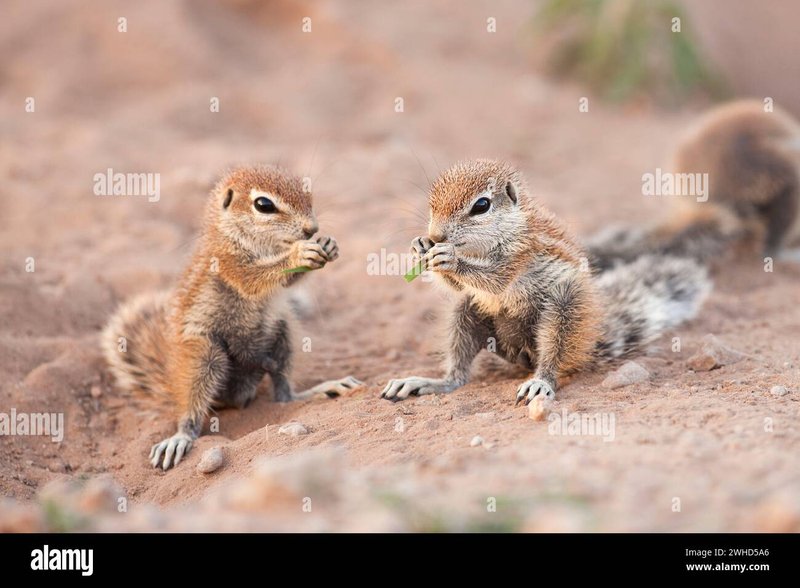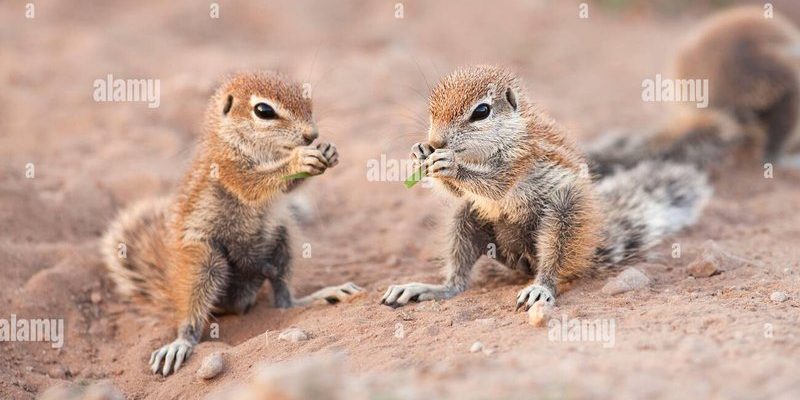
Just like how we humans have our own methods for nurturing our kids, xeruss have evolved some pretty clever strategies for their offspring. Imagine a community garden where everyone pitches in to help nurture the growth of plants—xeruss thrive in family-like groups that work together to ensure their young ones are safe and well-fed. It’s a heartwarming sight, and it gives us insight into how teamwork can be vital for survival in the wild.
The Social Structure of Xeruss
Xeruss live in tightly-knit groups or colonies that can vary in size from just a few individuals to over a hundred. These colonies serve as their family unit, where they rely on one another for **social interactions** and protection. That’s crucial, especially for the young, who are vulnerable to predators. Think of it as a close-knit neighborhood where everyone knows each other and looks out for the kids.
Within these groups, you’ll often see a clear hierarchy. There’s usually a dominant pair that leads the colony, and they play an essential role in raising the young. Other adults in the group, including siblings and cousins, also help take care of the pups. It’s kind of like having a whole team of babysitters, which means more eyes on the little ones. This cooperative care is one of the reasons why the young xeruss have a better chance of thriving in their harsh environment.
The Mating Rituals
Before the young xeruss can come into the world, it all starts with the mating rituals. Typically, mating occurs in the spring after the long cold months. Male xeruss engage in spirited displays to attract females, often showcasing their agility and strength. You might see them popping up and down, kind of like a playful game of tag.
Once a female has chosen her mate, she will mate with him, and after a gestation period of about 40 days, she gives birth to a litter of pups. Here’s the thing: the female doesn’t raise the young alone. The male often sticks around to help protect the family, which is quite rare in the animal world. This partnership helps ensure that the pups have both food and safety, a perfect combination for their survival.
Pup Development Stages
Once the pups are born, they don’t just jump out ready to explore. They start as tiny, helpless creatures with their eyes closed and no fur. Imagine a freshly hatched chick; those little xeruss are just as vulnerable. The mother will keep them hidden in a burrow for the first few weeks, ensuring that they are warm and safe from predators.
As they grow, usually within four to five weeks, their eyes open, and they begin to develop their fur. At this point, they’re curious little explorers. They start to pop out of the burrow to observe the world around them, albeit under the watchful eyes of their parents and other colony members. The adults help teach them essential survival skills, such as foraging for food and recognizing danger.
Feeding and Nutrition
Feeding young xeruss is a communal affair. The adults take on the responsibility of bringing food to the pups. Their diet mainly consists of seeds, fruits, nuts, and occasionally insects—basically, a buffet of natural treats! The adults will often gather food and stash it in their burrows, creating a pantry for the young ones to snack on.
Nutrition is critical during this phase, as the pups need to grow strong and healthy. Can you imagine how important it is for them to develop their foraging skills? As they get older, they’ll start mimicking the adults, learning which foods are safe to eat and where to find them. This education is essential for their survival once they become independent.
Predator Awareness and Safety
Living in the wild isn’t without its dangers. Predators such as hawks, snakes, and even larger mammals pose a significant threat to young xeruss. That’s why their parents and the colony work together to keep everyone safe.
When the adults spot a predator, they often give alarm calls. These signals alert everyone in the colony to take cover quickly. Young pups are usually taught to respond to these calls from an early age. Picture a game of hide-and-seek where the focus isn’t just on hiding but also on sneaking a peek when it’s safe. It’s all part of their education in staying alive.
Independence and Leaving the Nest
As pups grow older, they gradually gain independence. By the time they’re around 10 weeks old, they’re ready to venture out on their own. It’s a bittersweet moment for the colony—like watching your kid take their first steps and knowing they’re ready to explore the world on their own.
However, even once the pups leave the nest, they often stay close to their family group. Adult xeruss frequently return to the colony, creating a supportive environment that benefits both the young and the older members. This ongoing bond helps form strong relationships that continue for life.
Raising young in the wild can be challenging, but xeruss show us the beauty of teamwork in the process. Their social structure, mating rituals, and cooperative care create a nurturing environment that ensures the survival of their young. From vigilant parents to friendly babysitters, every member of the colony plays a role in helping the pups grow into healthy, independent adults.
The next time you see a group of these adorable squirrels, take a moment to appreciate the incredible journey those little ones go through. Just like in our own lives, it takes a village—whether it’s a colony of xeruss or a neighborhood filled with caring families—to raise the next generation successfully.

